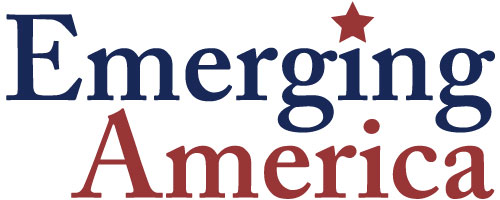Visual Primary Source Analysis Tool / Quadrant Analysis
A way to spur inquiry and close observation is by examining one quarter of the primary source at a time.This six-minute exercise gives students a chance to focus in on particular details of the source. Having students write notes about each quadrant helps students to generate ideas and text fragments they can use in their writing; the partial view makes it easier for students to make notes without self-criticism.
